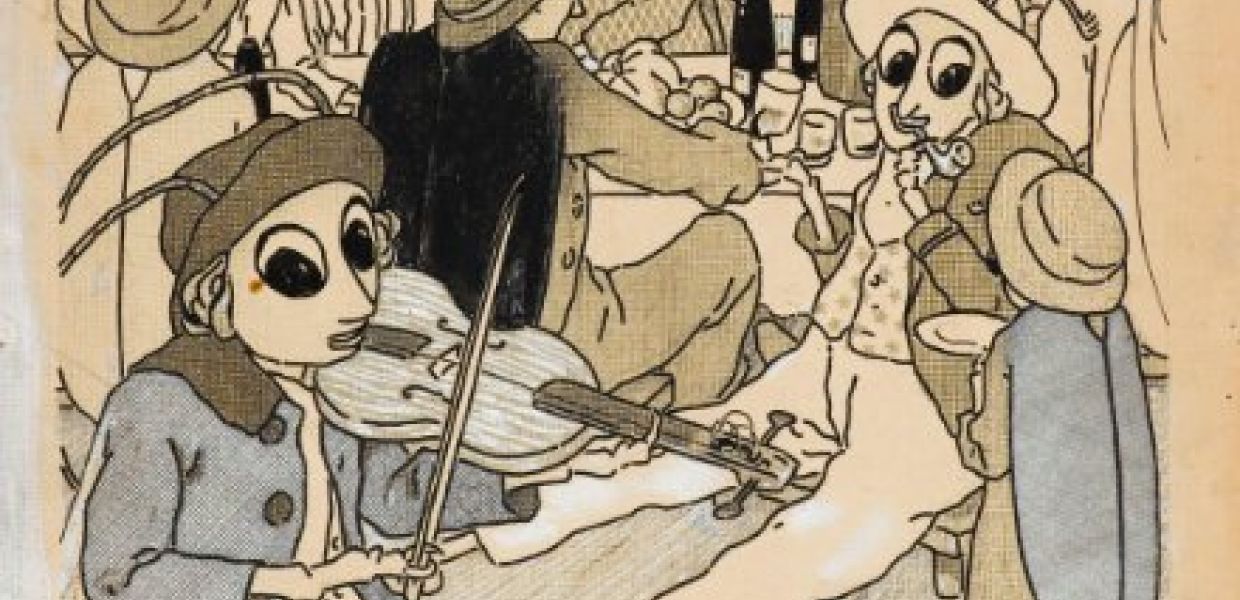Children’s Literature in Europeana Research

Návrh titulní strany L´Assiette au Beure.No 100/Mars. Preissig, Vojtěch - Source: Uměleckoprůmyslové museum, Praha, CCO
As part of the work conducted in Work Package 1 of the project Europeana Cloud, we have realized that focusing on sub disciplines within the Humanities and Social Sciences can be significantly more efficient for understanding and documenting user needs and practices in specifically set contexts. This has led in identifying different research topics to be explored in terms of the current research requirements, available tools and resources in that area. Children’s Literature, as introduced last June here, was among the topics set for further exploration.
Research conducted in the following months, background as well as empirical, followed a set of questions imposed in order to identify the current status of Children’s Literature in and outside Europeana and its further potential as a future Europeana Research channel. However, a particularity faced was the difficulty in defining a geographical or chronological span – as evident by the practice followed in other thematically-relative projects. Therefore, research aimed in documenting in general the digital presence of the field content and community-wise.
Rather underrepresented currently in Europeana, resources related to Children’s Literature are increasingly been digitized and accessed online in international digital libraries. With thousands of records of mainly textual material, a significant bulk of this literature is currently available on the Web. Discussing with researchers of the field on the possibilities provided for academic research on this topic, it was underlined that there is a lack of digital references, databases and access to digital research journals on Children’s Literature to support such research online, especially in a multilingual level.
Community-wise, the number of networks of academics, researchers and amateurs surrounding the topic of Children’s Literature that was recorded was impressive! This vivid community, documented both in European and international level, aims, among other, in strengthening collaboration, supporting research in the field worldwide and enforcing its digital presence. This exploration led us to consider Children’s Literature as a field of growing dynamic, particularly in a digital context. What role could then Europeana Research have in this area to further support the community?
The link to the Europeana Cloud report on “Research Themes for Aggregating Digital Content: Children’s Literature” can be accessed here.
